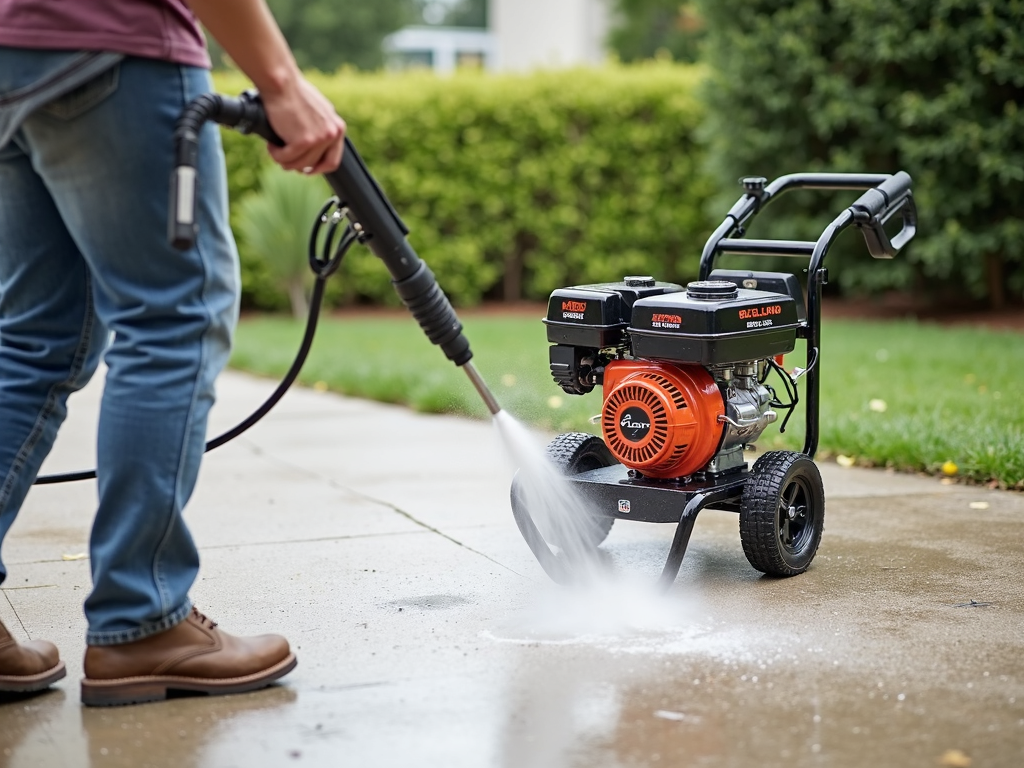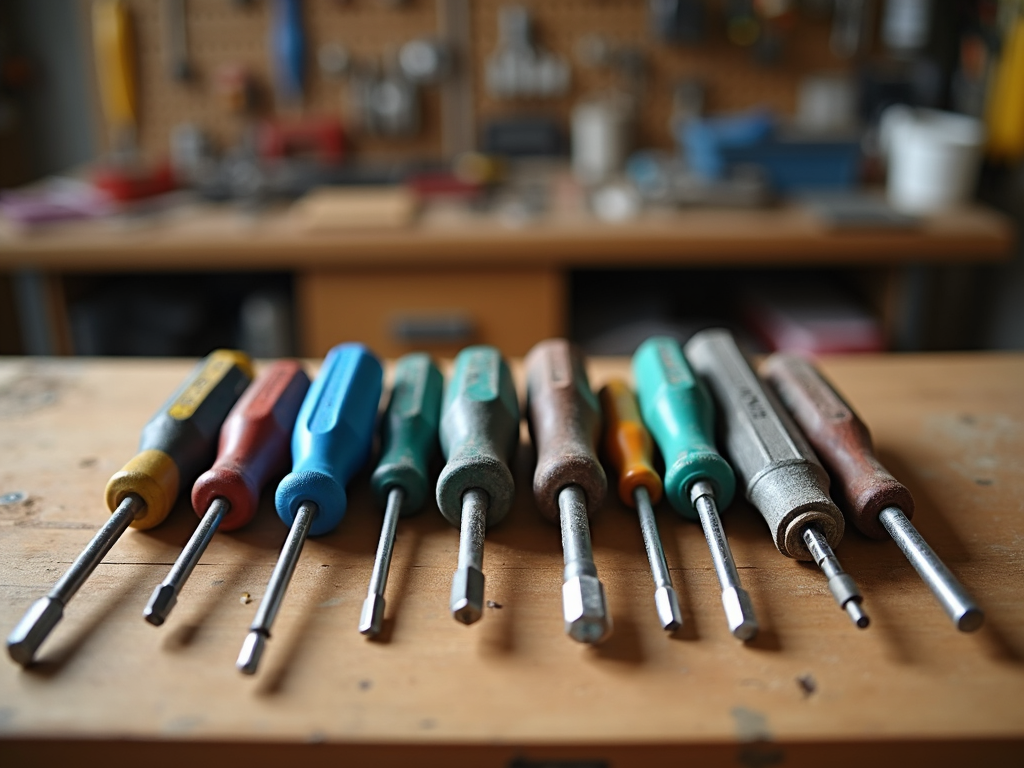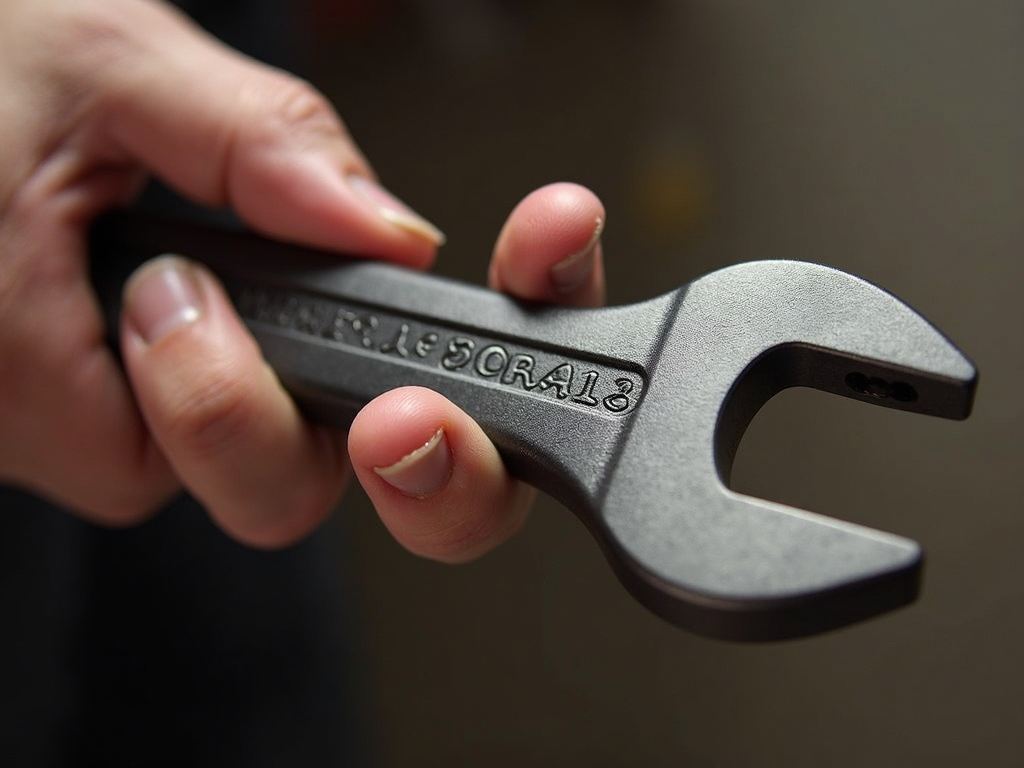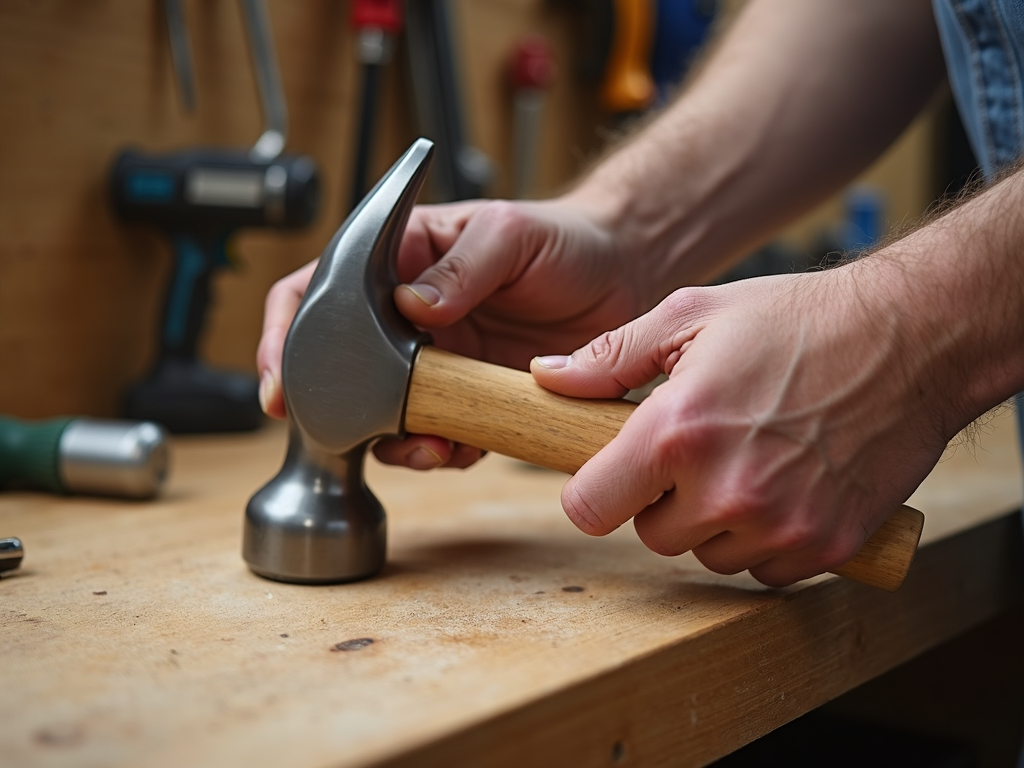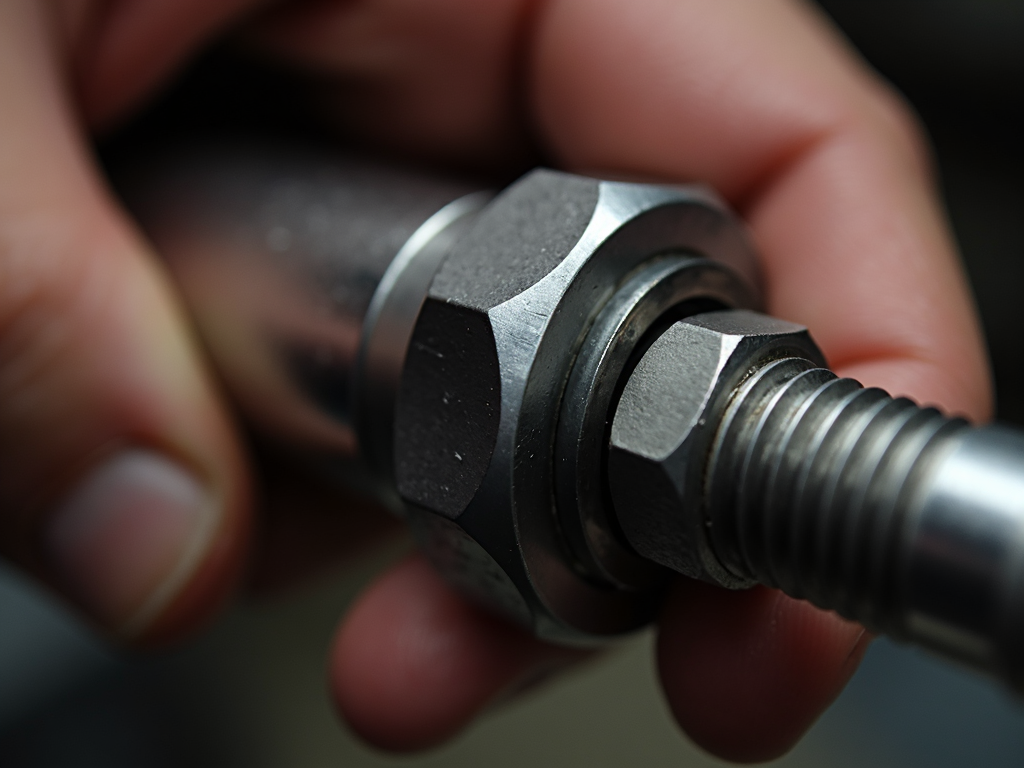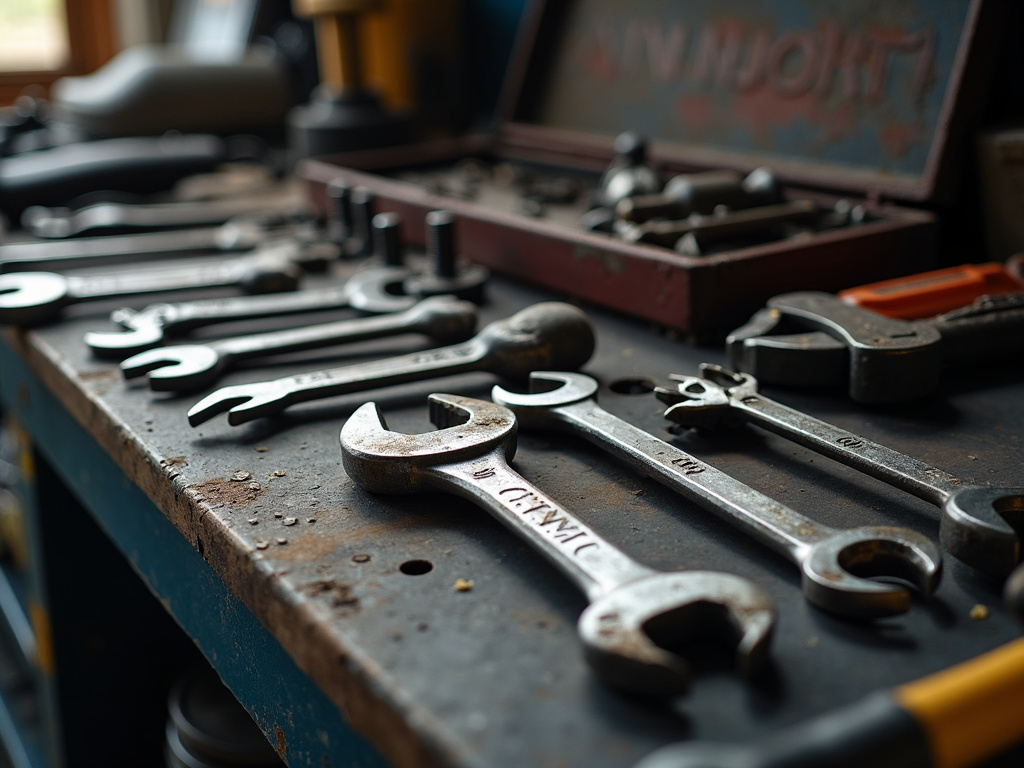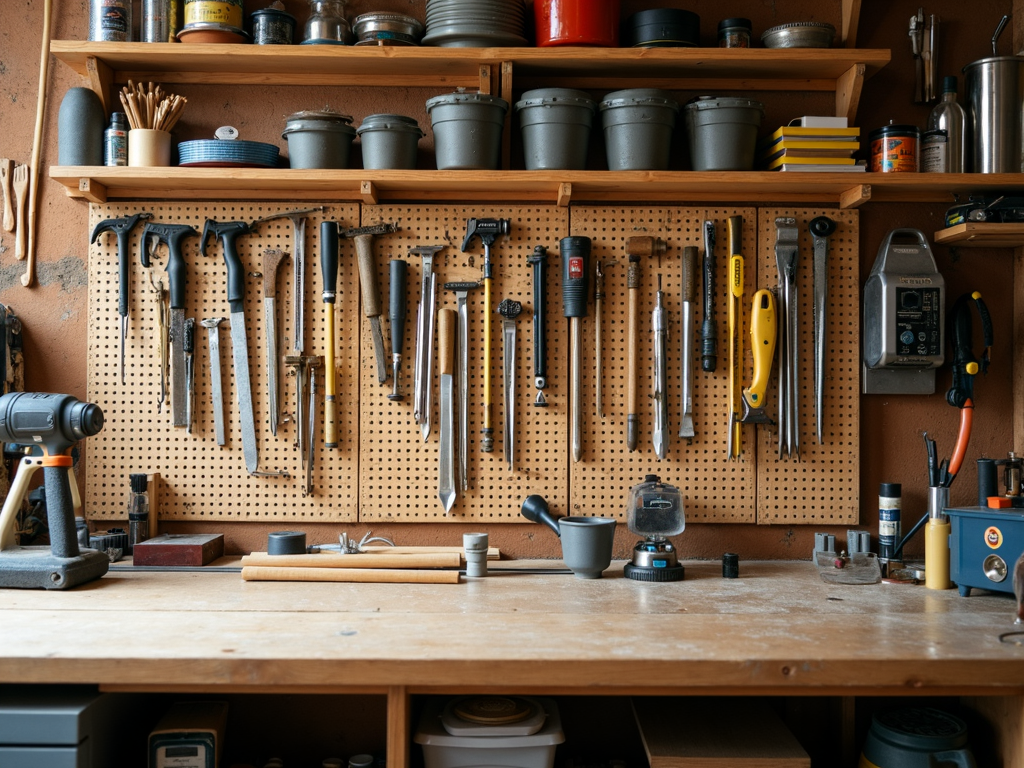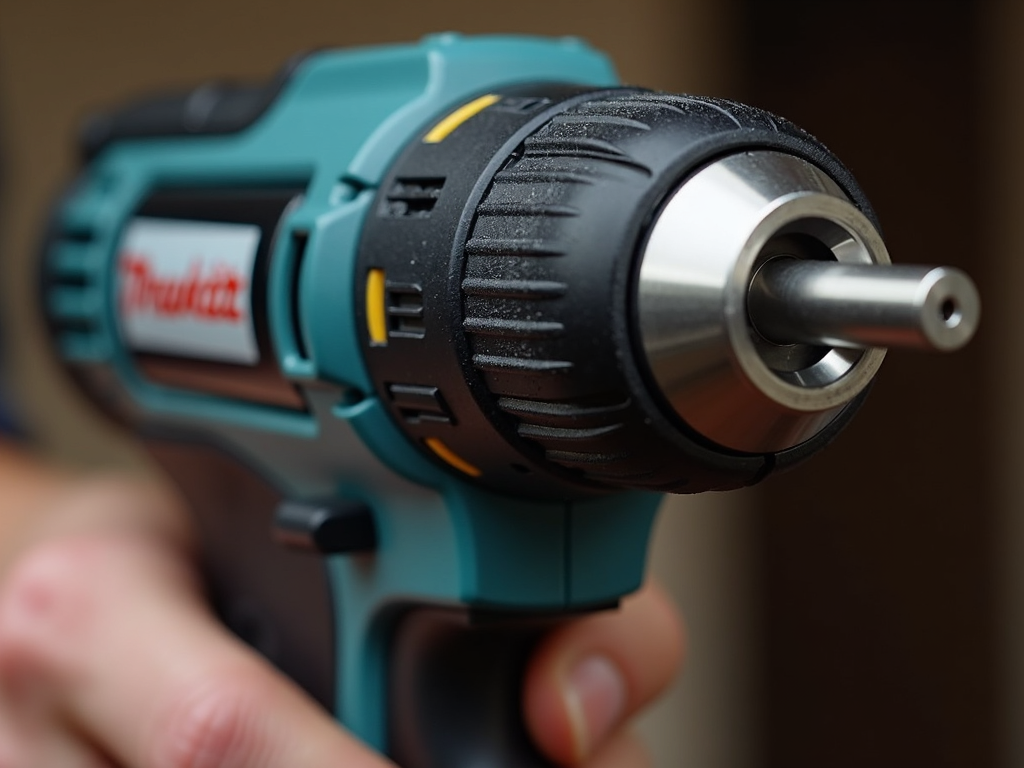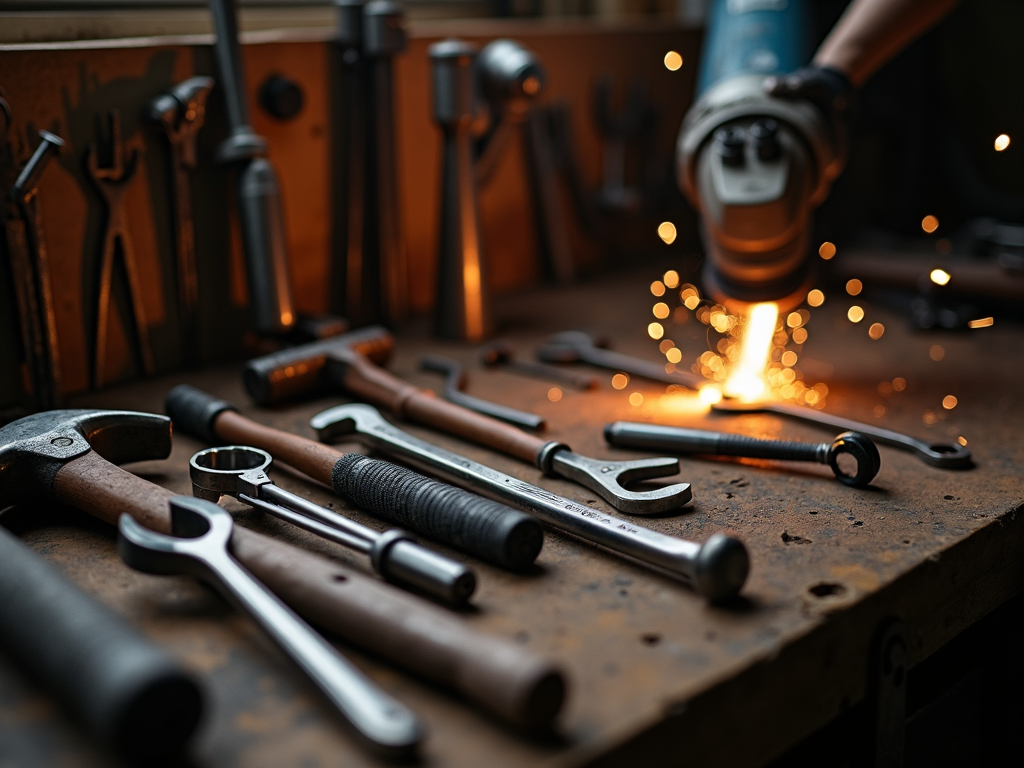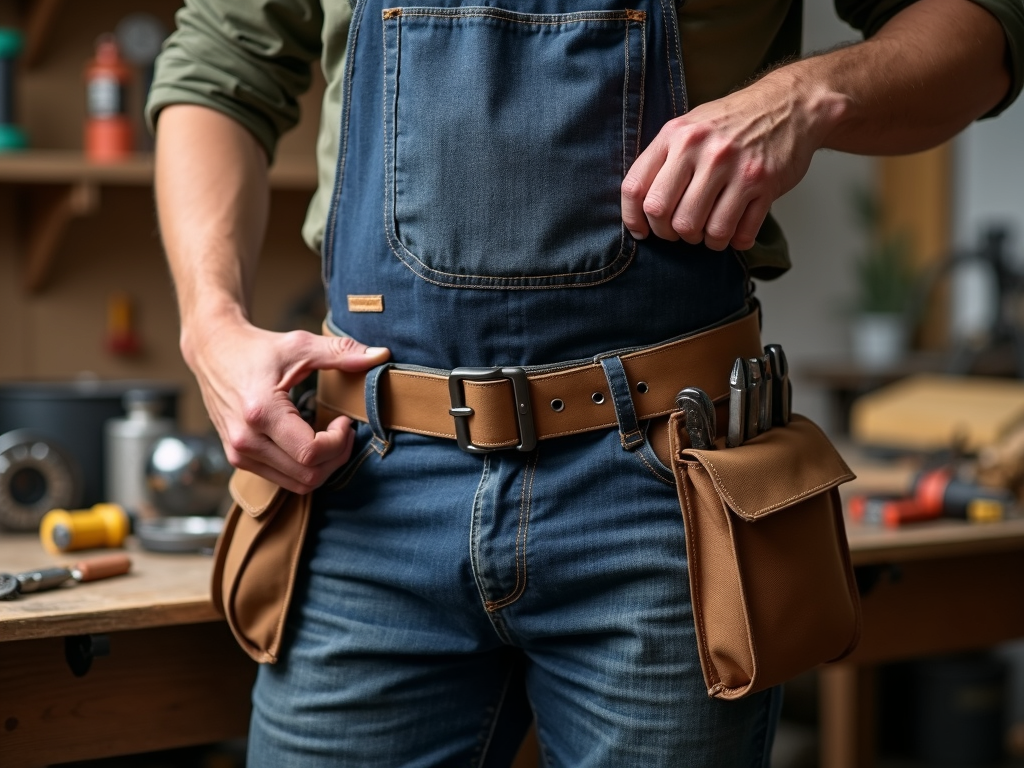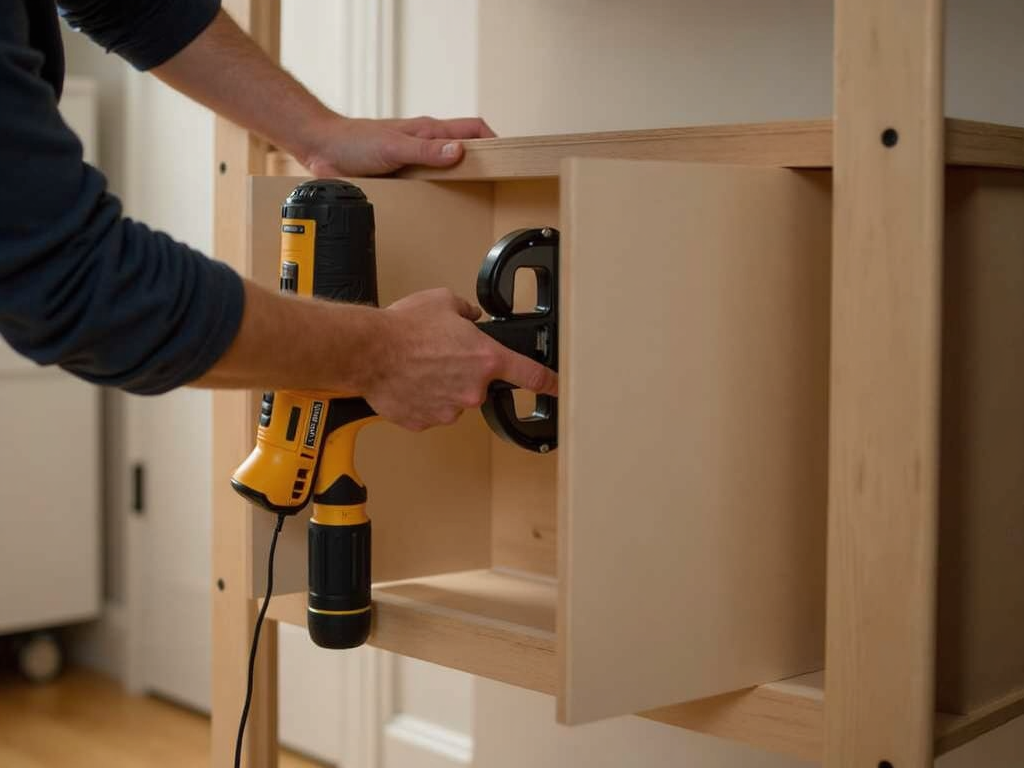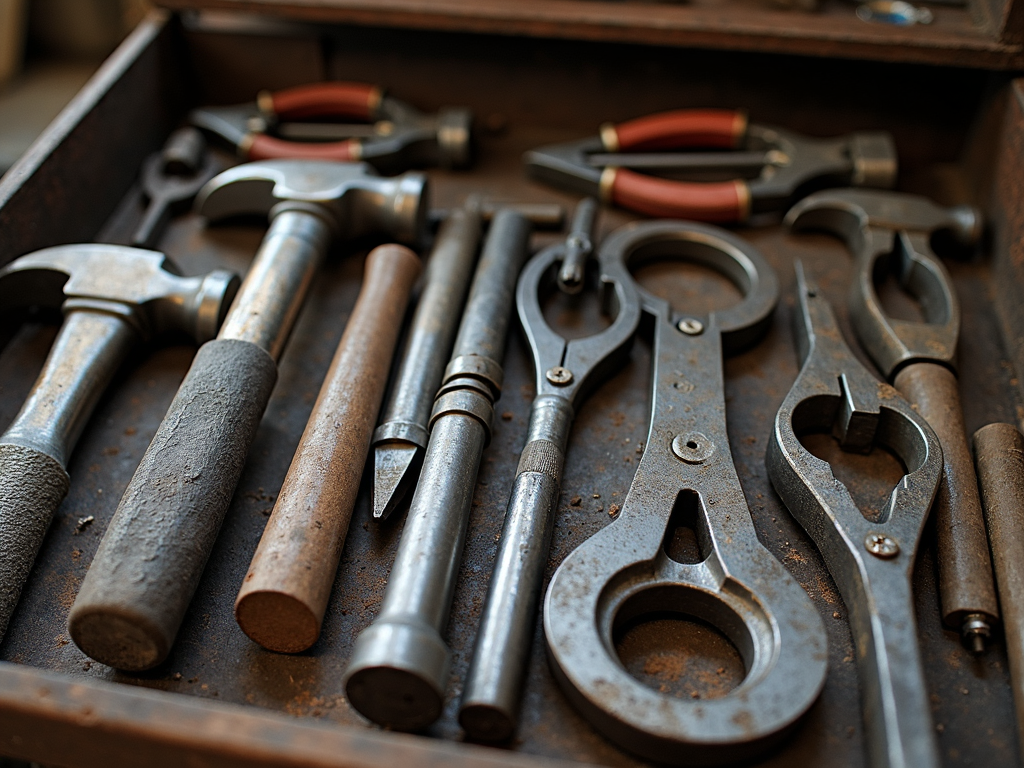Rotary tools are incredibly versatile power tools that can handle a wide range of tasks, from sanding and polishing to cutting and engraving. With the right attachments, you can transform your rotary tool into a multi-purpose machine capable of tackling any project. In this article, we'll explore the top 10 rotary tool attachments that every DIY enthusiast or professional should have in their toolkit. Whether you're working on wood, metal, or plastic, these attachments will help you achieve professional results with ease.
1. Sanding Drums
Sanding drums are one of the most versatile attachments for rotary tools. They come in various sizes and grits, making them suitable for sanding wood, metal, and plastic. To use a sanding drum, simply attach it to your rotary tool and adjust the speed according to the material you're working with. Start with a lower speed for delicate materials and increase it for tougher surfaces. According to a study by the University of Engineering, using a lower grit sanding drum can significantly improve the surface finish of wood materials.
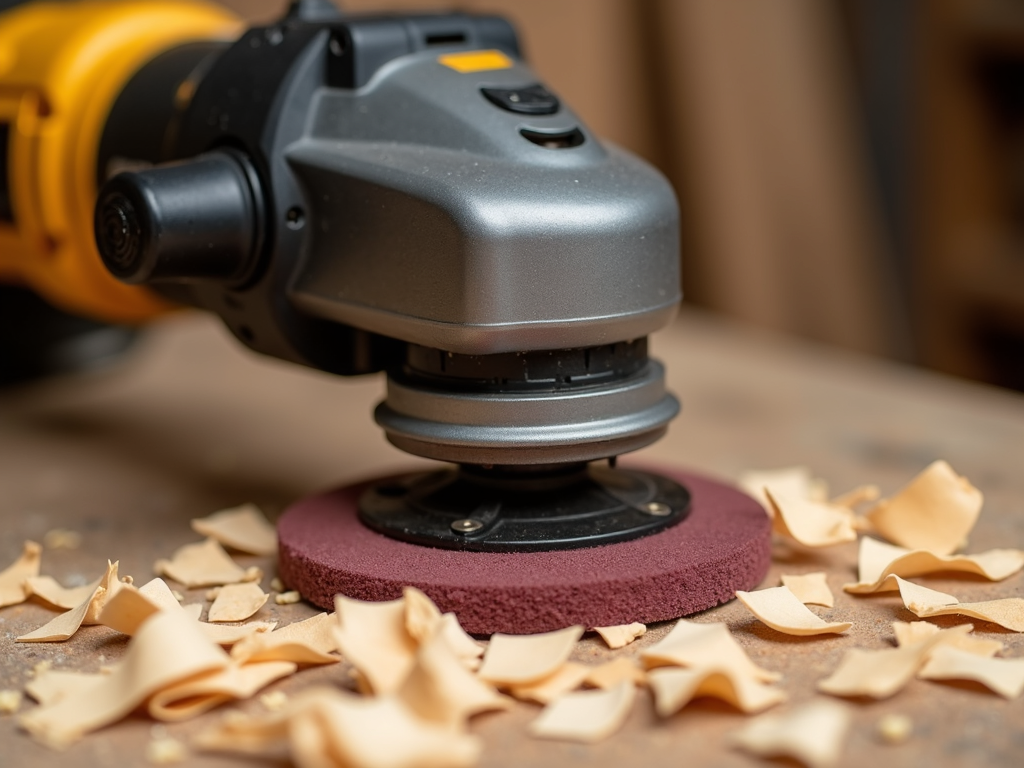
Personal Insight: I once used a sanding drum to smooth out a rough wooden surface for a DIY project. It was amazing how quickly and efficiently it removed the imperfections, leaving a smooth finish ready for painting. However, I learned the hard way that using too high a speed can damage delicate materials, so always test on a scrap piece first.
2. Polishing Wheels
Polishing wheels are essential for achieving a smooth, shiny finish on metal, plastic, and other materials. They come in different materials, such as felt, cloth, or foam, and can be used with polishing compounds for best results. To use a polishing wheel, attach it to your rotary tool, apply a small amount of polishing compound, and work in small sections, moving the tool in a circular motion.

Personal Insight: I used a polishing wheel to restore an old metal lamp, and the results were stunning. The dull, tarnished surface transformed into a bright, reflective finish that looked brand new. It's important to use the right polishing compound for the material you're working with to avoid scratching or damaging the surface.
3. Cutting Wheels
Cutting wheels are perfect for making precise cuts in materials like metal, wood, and plastic. They come in various thicknesses and diameters, allowing you to choose the right one for your project. When using a cutting wheel, always wear safety glasses and work in a well-ventilated area to avoid inhaling dust.
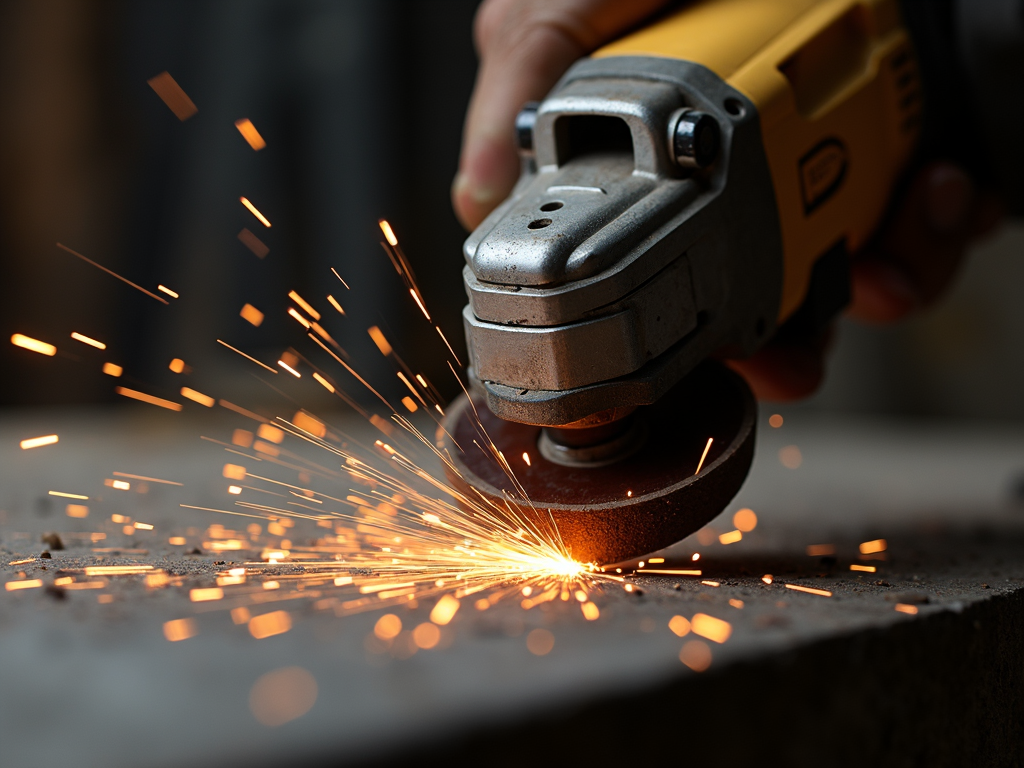
Personal Insight: I once used a cutting wheel to trim a metal bracket for a home improvement project. The precision and control it offered were impressive, but I made sure to secure the workpiece properly to prevent any accidents.
4. Engraving Bits
Engraving bits are ideal for adding intricate designs or markings to materials like glass, metal, and wood. They come in various shapes and sizes, allowing you to create detailed patterns. To use an engraving bit, attach it to your rotary tool and work at a medium speed, applying light pressure.
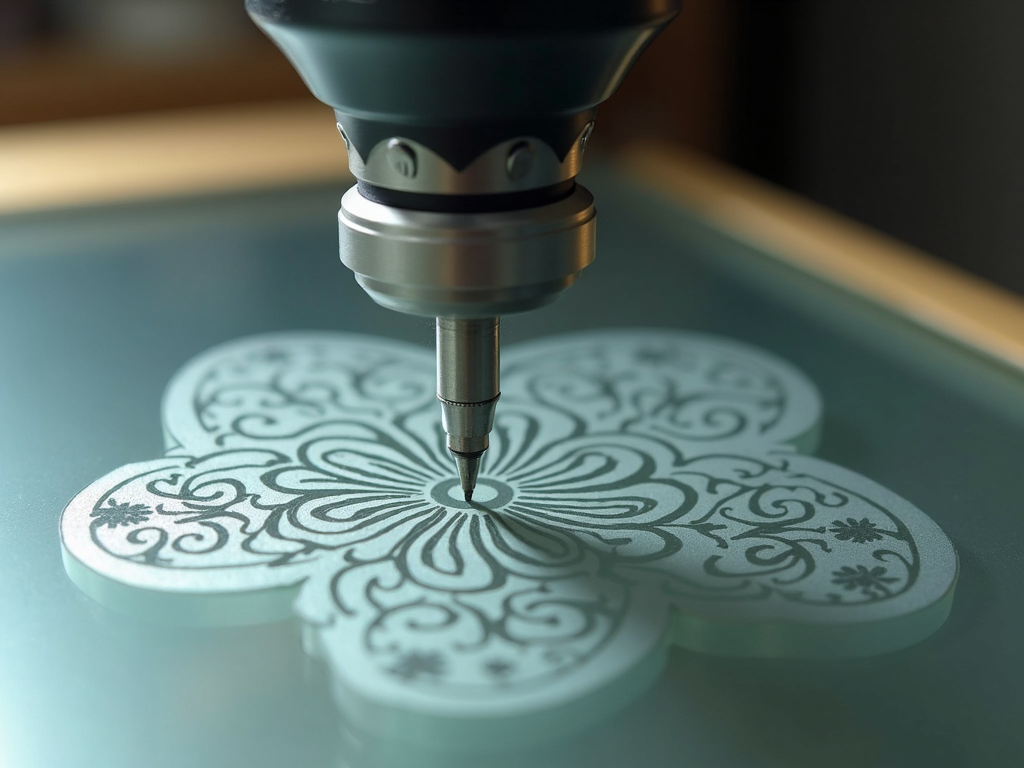
Personal Insight: I used an engraving bit to personalize a glass vase as a gift. It took some practice to get the hang of it, but the end result was a unique and meaningful present.
5. Grinding Stones
Grinding stones are used for sharpening, deburring, and shaping materials like metal and stone. They come in different shapes, such as cylindrical, conical, and spherical, each suited for specific tasks. When using a grinding stone, start with a lower speed and gradually increase it as needed.
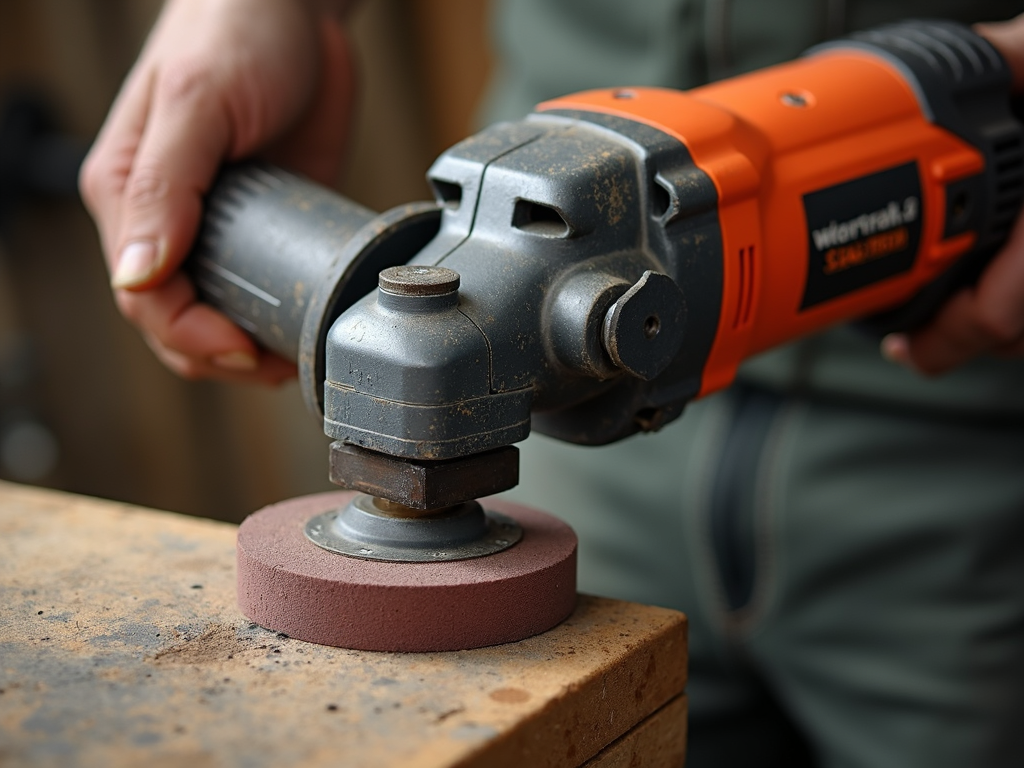
Personal Insight: I once used a grinding stone to sharpen a dull knife, and it worked wonders. The blade was as good as new, and I saved money by not having to buy a new one.
6. Wire Brushes
Wire brushes are great for removing rust, paint, and corrosion from metal surfaces. They come in different bristle materials, such as steel or brass, and can be used for both light and heavy-duty cleaning. To use a wire brush, attach it to your rotary tool and work at a medium speed, applying gentle pressure.
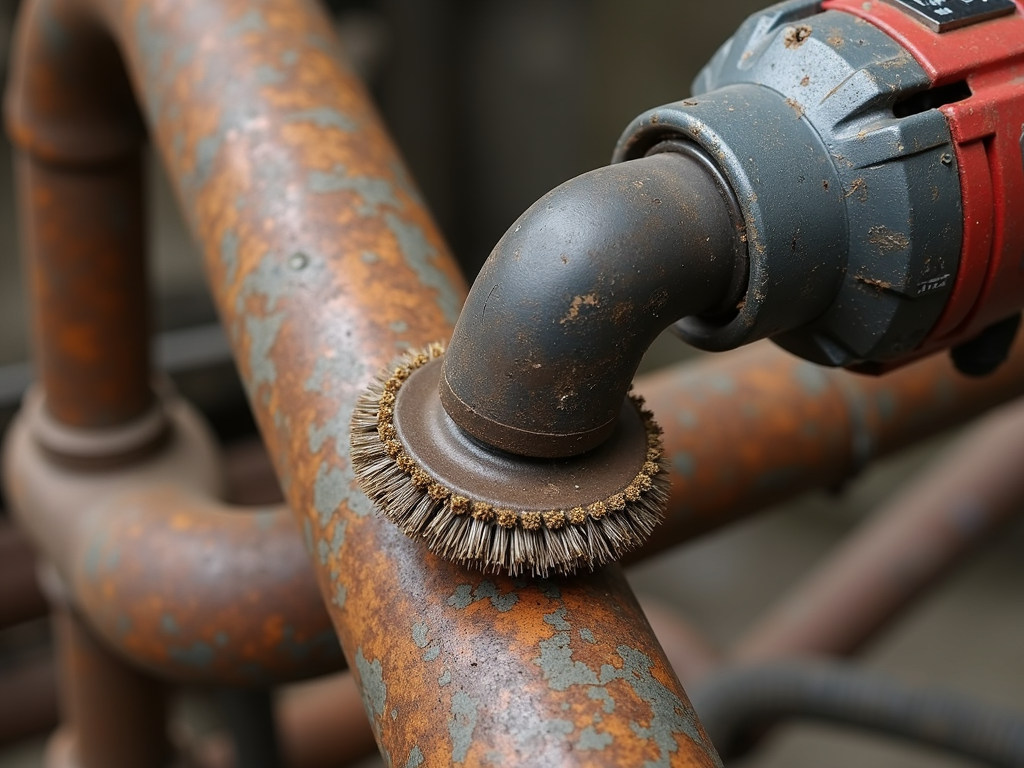
Personal Insight: I used a wire brush to clean an old metal gate, and it was incredibly effective. The rust and grime came off easily, revealing a clean surface ready for painting.
7. Diamond Bits
Diamond bits are perfect for working with hard materials like glass, ceramics, and stone. They come in various shapes and sizes, allowing you to drill, grind, or engrave with precision. When using a diamond bit, use a light touch and keep the material cool with water to prevent overheating.
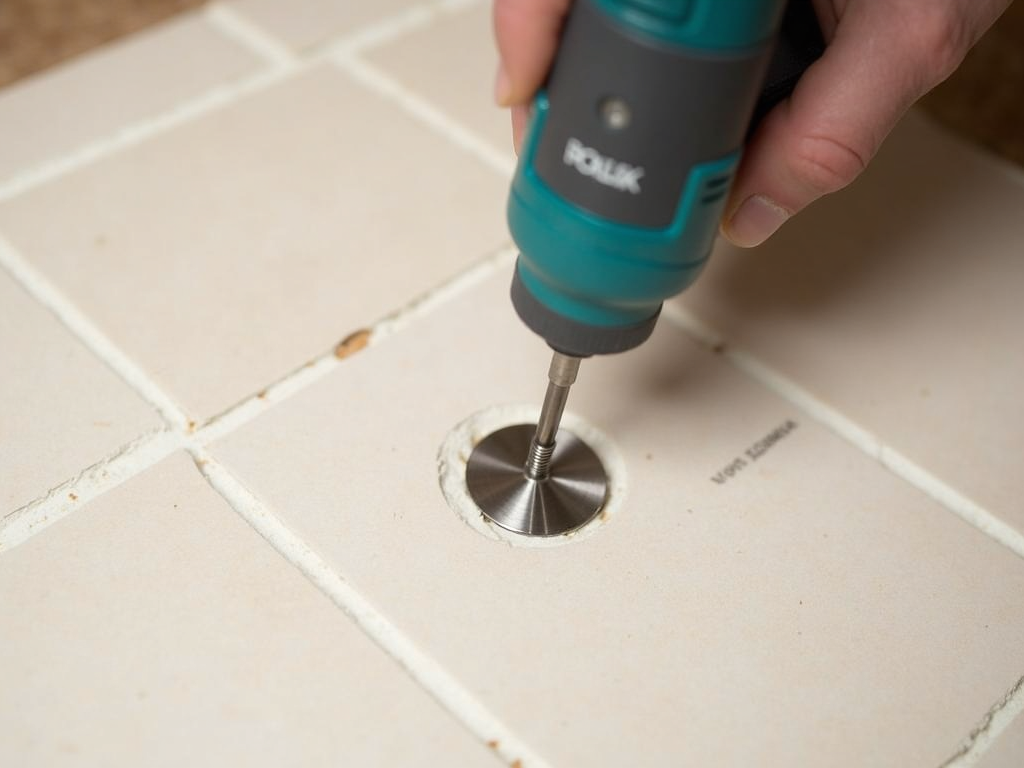
Personal Insight: I used a diamond bit to drill holes in a ceramic pot for a gardening project. It was a bit tricky at first, but with patience and the right technique, I was able to achieve clean, precise holes.
8. Collets
Collets are essential for holding different attachments securely in place. They come in various sizes to accommodate different shank diameters. To use a collet, simply insert it into your rotary tool and tighten it with the wrench provided.
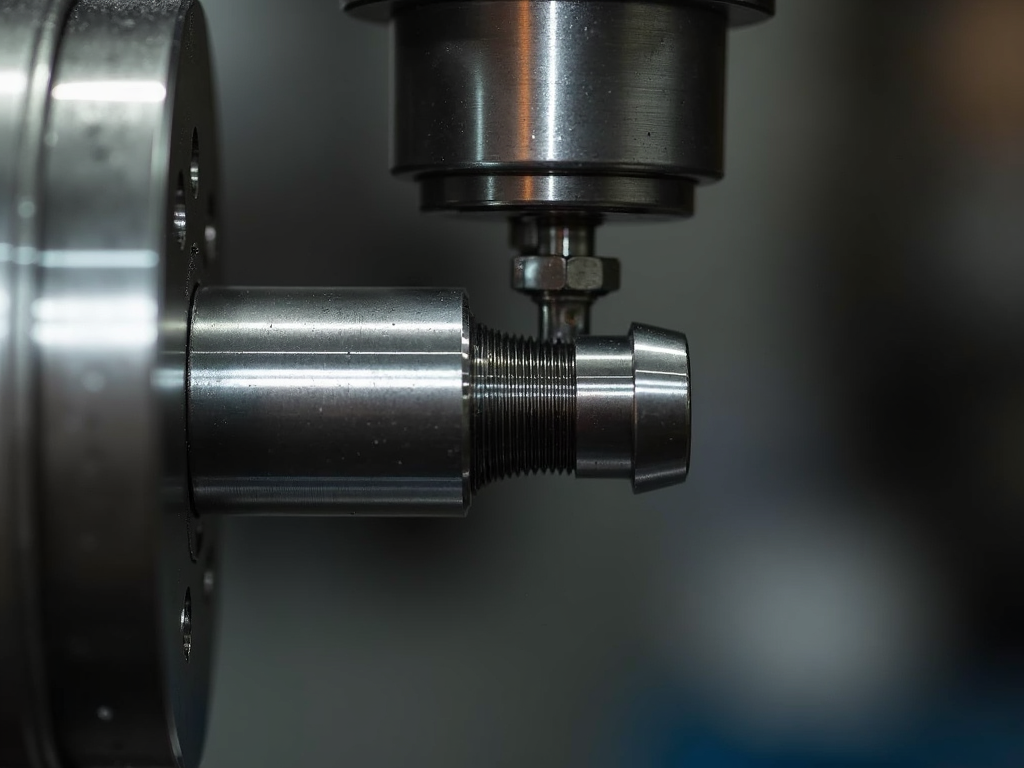
Personal Insight: I once struggled with a loose attachment until I realized I was using the wrong collet size. Since then, I always double-check the shank diameter to ensure a secure fit.
9. Mandrels
Mandrels are used to hold sanding bands, cutting wheels, and other attachments. They come in different sizes and types, such as screw-type or slip-on. To use a mandrel, attach it to your rotary tool and then secure the attachment onto it.
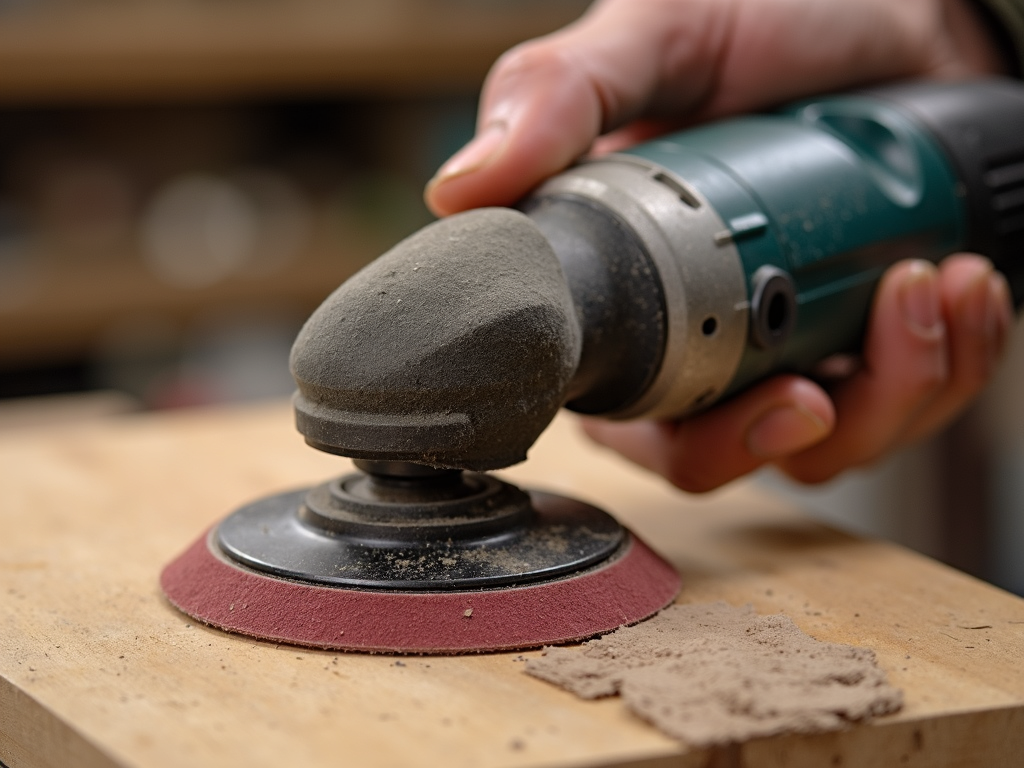
Personal Insight: I found that using a mandrel with a screw-type design provides a more secure hold for attachments, especially when working on tough materials.
10. Flexible Shafts
Flexible shafts allow you to extend the reach of your rotary tool, making it easier to work in tight spaces or on intricate projects. They consist of a flexible cable with a handpiece at the end, which holds the attachment. To use a flexible shaft, attach it to your rotary tool and then secure the attachment to the handpiece.
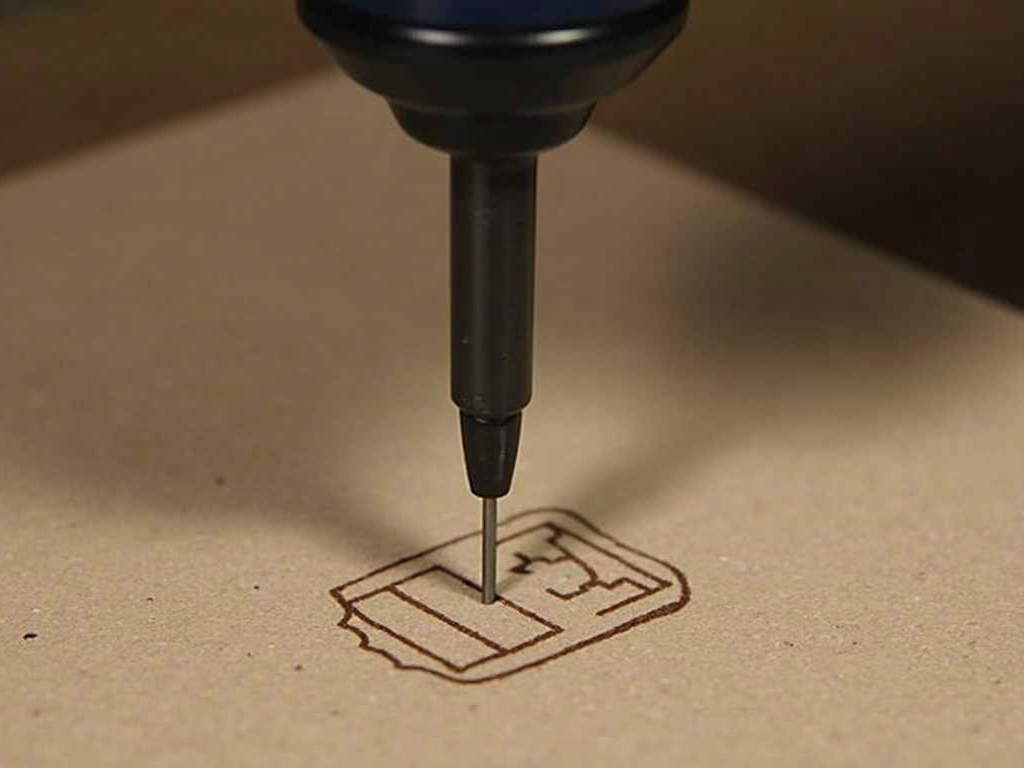
Personal Insight: I used a flexible shaft to engrave a design on a small wooden box, and it made the task much easier. The added flexibility allowed me to maneuver the tool with precision, even in hard-to-reach areas.
Table: Attachment Comparison
| Attachment | Uses | Materials | Recommended Speed |
|---|---|---|---|
| Sanding Drums | Sanding, smoothing | Wood, metal, plastic | Low to medium |
| Polishing Wheels | Polishing, buffing | Metal, plastic | Medium to high |
| Cutting Wheels | Cutting, shaping | Metal, wood, plastic | High |
| Engraving Bits | Engraving, detailing | Glass, metal, wood | Medium |
| Grinding Stones | Sharpening, deburring | Metal, stone | Low to medium |
| Wire Brushes | Cleaning, rust removal | Metal | Medium |
| Diamond Bits | Drilling, grinding | Glass, ceramics, stone | Low to medium |
| Collets | Holding attachments | N/A | N/A |
| Mandrels | Holding attachments | N/A | N/A |
| Flexible Shafts | Extending reach | N/A | Varies |
List: Safety Tips for Using Rotary Tools
- Always wear safety glasses to protect your eyes from debris. For more information on power tool safety, check out OSHA's guide.
- Use a dust mask to avoid inhaling dust and particles.
- Keep your work area well-ventilated.
- Secure your workpiece to prevent it from moving.
- Start with a lower speed and gradually increase it as needed.
In this article, we've explored the top 10 rotary tool attachments that can help you tackle any project with ease. From sanding drums to polishing wheels, these attachments are essential for any DIY enthusiast or professional. Remember to always follow safety precautions when using rotary tools, and don't be afraid to experiment with different attachments to find what works best for your projects.
Related Top 10 Rotary Tool Attachments for Every Project:
- How to Maintain Your Power Washer for Longevity
- Screwdriver Safety Tips: A Comprehensive Guide for Safe Use
- Best Apps for Staying Focused: A Comprehensive Guide
- Ergonomic Tools: Why They Matter
- Understanding Torque: Essentials for Every Mechanic
- Must-Have Hand Tools for Mechanics: Your Essential Toolkit
- Enhancing Workshop Efficiency: Top Tips to Maximize Your Space
- How Technology is Making Workshops Safer
- How to Choose the Right Workman Tools for Your Project
- Tool Belts with Ergonomic Designs: A Game-Changer for Workman Tools
- Corded vs. Cordless: Which Power Tools Are Right for You?
- Mastering Metal Forming: Techniques and Tools
